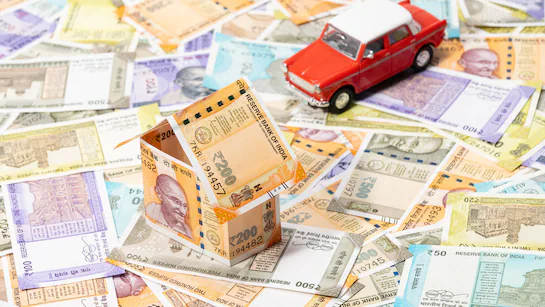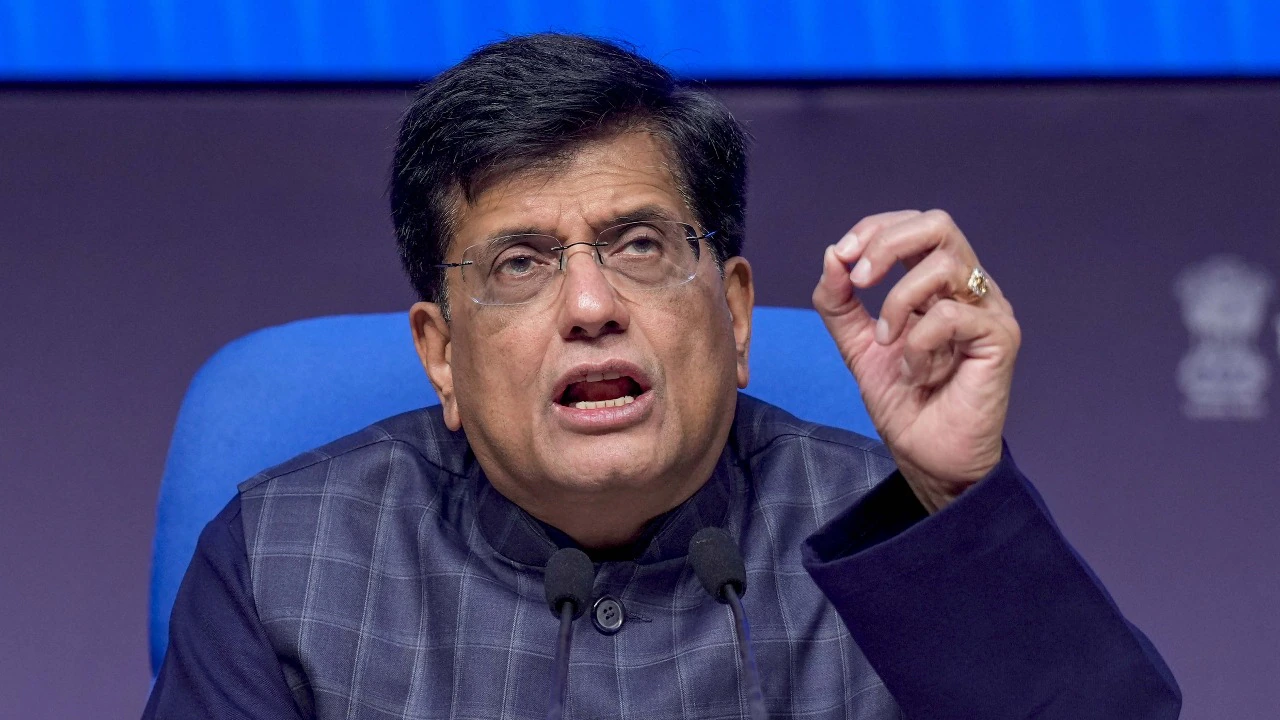In an effort to lower borrowing costs for both consumers and businesses, the Reserve Bank of India (RBI) lowered the repo rate by 25 basis points, from 6.25% to 6%. During the first Monetary Policy Committee (MPC) meeting of FY26, which took place from April 7 to April 9, RBI Governor Sanjay Malhotra made the announcement. Following a comparable rate cut in February, this is the second cut in a row.
What Is The Repo Rate?
The interest rate at which the RBI extends short-term loans to commercial banks, typically secured by government assets, is known as the repo rate. It is a crucial instrument that the central bank uses to control inflation and the economy’s liquidity.
Why Did The RBI Cut The Repo Rate?
while the RBI wishes to increase system liquidity and stimulate economic activity, particularly while inflation is under control, it lowers the repo rate. The RBI has set the Consumer Price Index (CPI) inflation goal for FY26 at 4%, which is well within its 2-6% range.
The decision has also been impacted by international concerns about trade tensions brought on by US President Donald Trump’s reciprocal tariffs, which endanger both India’s exports and global economy.
How Will It Affect You?
- Loan EMIs May Get Cheaper – With the repo rate cut, banks and financial institutions can borrow funds from the RBI at a lower cost. This could lower interest rates on home loans, auto loans, and new personal loans. The actual reduction in EMIs, however, depends on how quickly and to what extent individual banks pass on the benefits to consumers.
- Impact On Fixed Deposits – While borrowers may cheer, fixed deposit (FD) investors could see a downside. As lending rates go down, banks may also cut interest rates on deposits to protect their margins. New FD investors might earn lower returns than those who locked in earlier at higher rates. If you are planning to invest in FDs, it might be wise to do so before banks revise rates downward.
- Personal Loan Borrowers – If you already have a personal loan, especially one with a fixed interest rate, your EMI will likely remain the same. But if you are planning to take a new personal loan, the rate cut could mean lower interest rates and more affordable repayments.
Governor Sanjay Malhotra said the Indian economy was on track, projecting GDP growth at 6.5% for FY 2025-26. This is the quarterly breakdown:
- Q1: 6.5%
- Q2: 6.7%
- Q3: 6.6%
- Q4: 6.3%
He added that solid crop production and healthy reservoir levels make the agriculture sector appear hopeful. Urban consumption is slowly increasing, and the manufacturing and service sectors are turning around. Strong bank and company balance sheets, as well as the government’s ongoing emphasis on infrastructure, are supporting an increase in investment activity.











